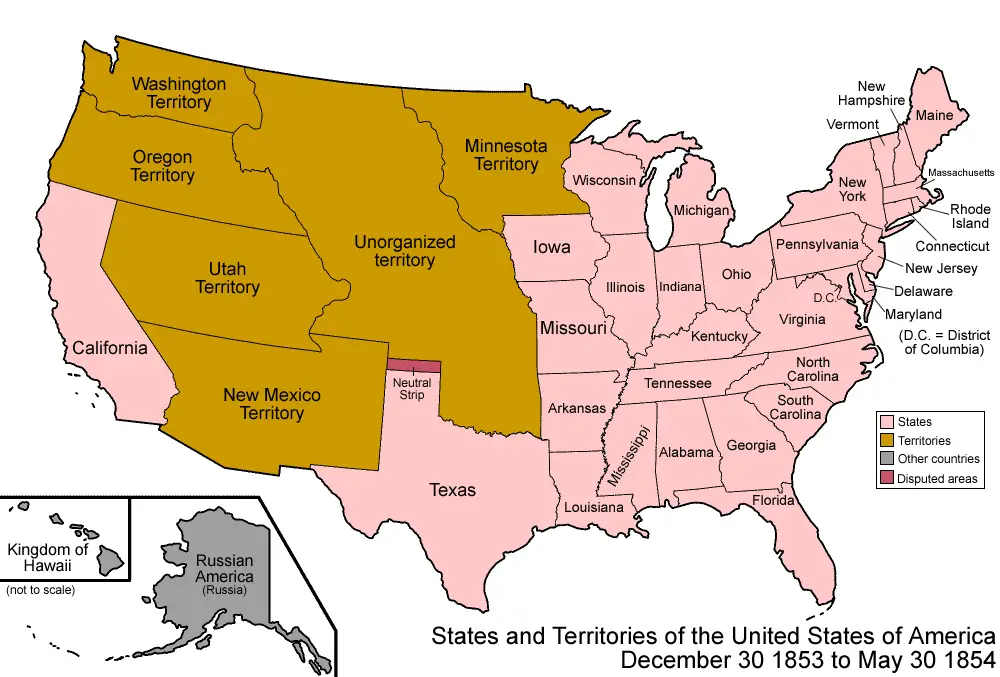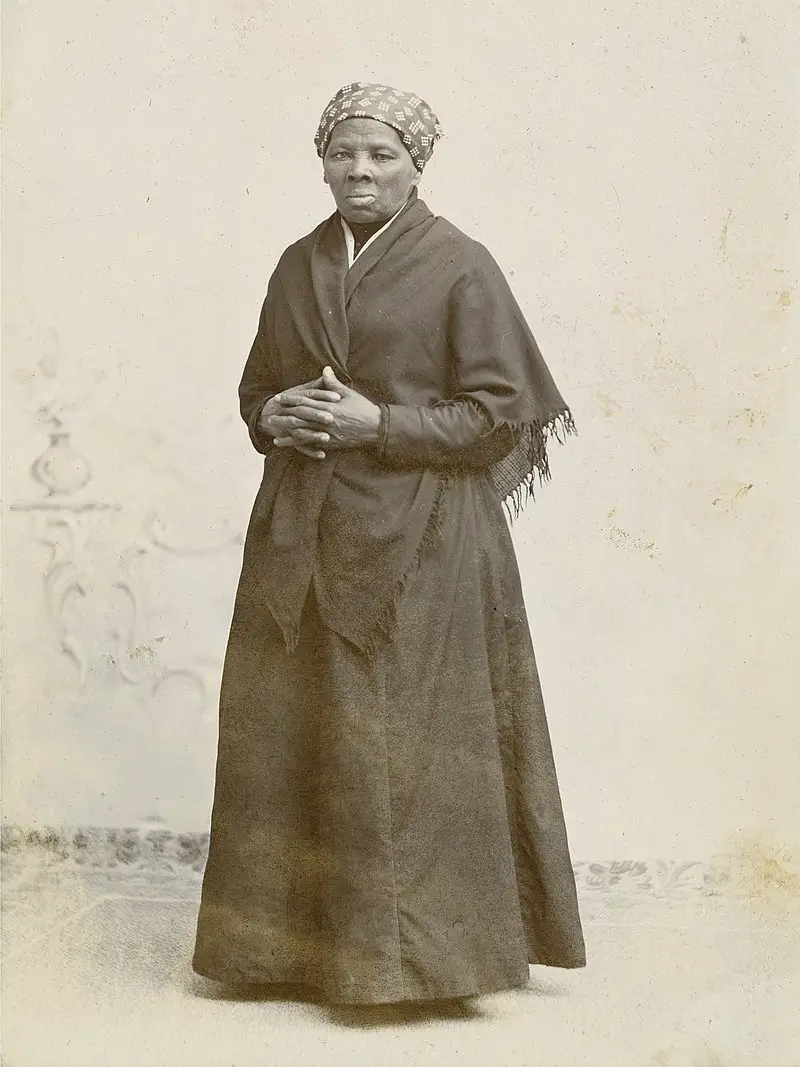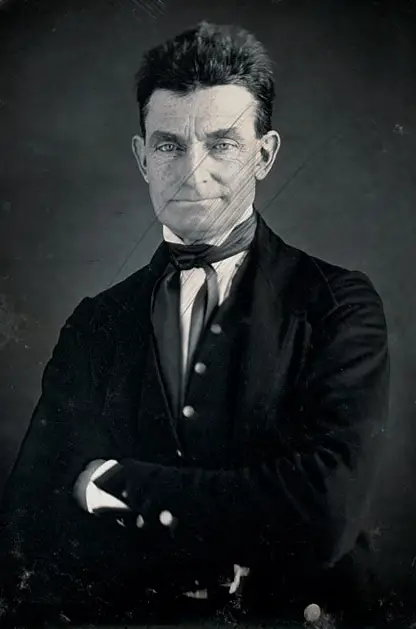Slavery and the Civil War
Slavery and the Civil War were complex issues in the United States in the middle of the 19th century. Most historians believe that the movement to abolish slavery directly led to the Civil War in the United States. A smaller portion of historians argue the Civil War was purely about economic issues. But the events that led up to the Civil War point more towards the abolishment of slavery than economic matters. In the United States there were several laws passed early in the 19th century that were anti-slavery and pro-slavery.
Early laws
One early law that had an effect on slavery was the Missouri Compromise of 1820. This law established the Mason-Dixon Line. From 1820 up to the Civil War there were an even number of slave and free states created by this law. Newly created states above the Mason-Dixon Line were considered free states. States founded below this line were open to slavery.
During the Second Great Awakening a stronger Abolition Movement was forming in the northern states. By 1840 nearly all states above the Mason-Dixon Line had passed some type of law to abolish or free slaves.

Abolitionists and pro-slavery movements
With most northern states having abolished slavery the Abolition Movement was gaining steam. Southern states made special laws outlawing Abolitionists. But by mid-19th century the Underground Railroad was successfully helping runaway and fugitive slaves escape to free northern states. The pro-slavery states countered with a set of slave codes that established punishments for runaway and disobedient slaves.
In 1850 the United States passed the Fugitive Slave Law which made people in northern or free states assist in the capture and return of runaway or fugitive slaves. Abolitionists were not happy about helping slave owners catch their slaves once in a free territory.

Nebraska-Kansas Act

The Nebraska-Kansas Act of 1854 enabled the newly formed territories of Nebraska and Kansas to decide on slavery. The law put an end to the limits of slavery on the Mason-Dixon Line. The two new territories became an early battle ground between pro-slavery people and Abolitionists. Known as the Bleeding Kansas Wars, the two sides fought over control of slavery. During this time of fighting abolitionist John Brown and his sons were instrumental in several raids on pro-slavery groups killing numerous people. Several years later in 1859 John Brown would attack Harper’s Ferry in Virginia in hopes of starting an uprising to free slaves. After the failed attack, pro-slavery people in the South began to blame Abraham Lincoln for the possible uprising. After Harper’s Ferry, the Abolitionists and anti-slavery groups were able to get Abraham Lincoln elected the President of the United States in 1860.
Civil War
The Civil War began when the southern states seceded from the Union and attacked Fort Sumter in 1861. The war would last four years while killing hundreds of thousands of people. During the Civil War slavery was even more important for the southern or now Confederate States. Slavery was needed to keep their textile, tobacco, rice, and indigo dye exports to Europe and abroad intact. Food was also needed to supply the troops. Slaves also built the huge earthworks or trenches used by the Confederate Army during the Civil War. Slaves were now tasked to work harder and in most cases under more brutal conditions.
Emancipation Proclamation
In 1862 President Abraham Lincoln signed the Emancipation Proclamation. The executive order was to be effective starting in 1863. The executive order was a step to free slaves in all areas the Union Army occupied. The Emancipation Proclamation allowed the Union Army to protect runaway or fugitive slaves. In reality the executive order did not outright free slaves in the United States.
Important facts about Slavery and the Civil War
- Slavery is believed to be the direct cause of the Civil War.
- The Missouri Compromise of 1820 introduced the Mason-Dixon Line. Slavery in new territories and states were divided by the Mason-Dixon Line. New territories and states above the line were considered free states and below the Mason-Dixon Line were slave states.
- Fugitive Slave Laws made citizens in free states assist slave owners in capturing runaway and fugitive slaves.
- The Underground Railroad was created by Harriet Tubman and was instrumental in helping fugitive and runaway slaves find freedom.
- The Abolition Movement gained steam during the Second Great Awakening.
- The Nebraska-Kansas Act of 1854 gave states the right to choose whether they were anti-slavery or pro-slavery.
- John Brown an abolitionist led many raids on pro-slavery groups in Kansas and Nebraska.
- The Emancipation Proclamation was instituted by President Abraham Lincoln in 1863. The executive order gave the Union Army the right to protect slaves. The order did not outright free slaves in the Confederate States.
Questions
- Which law passed by Congress in 1820 determined how new states and territories entering the Union were slave or free regions?
Missouri Compromise

- What executive order did President Lincoln sign which allowed the Union Army to protect slaves?
Emancipation Proclamation
- Who is credited with forming the Underground Railroad?
Harriet Tubman

- Which abolitionist led raids in Kansas and Nebraska against pro-slavery groups?
John Brown

- Most historians believe that slavery was the number cause of which war in the United States?
Civil War



